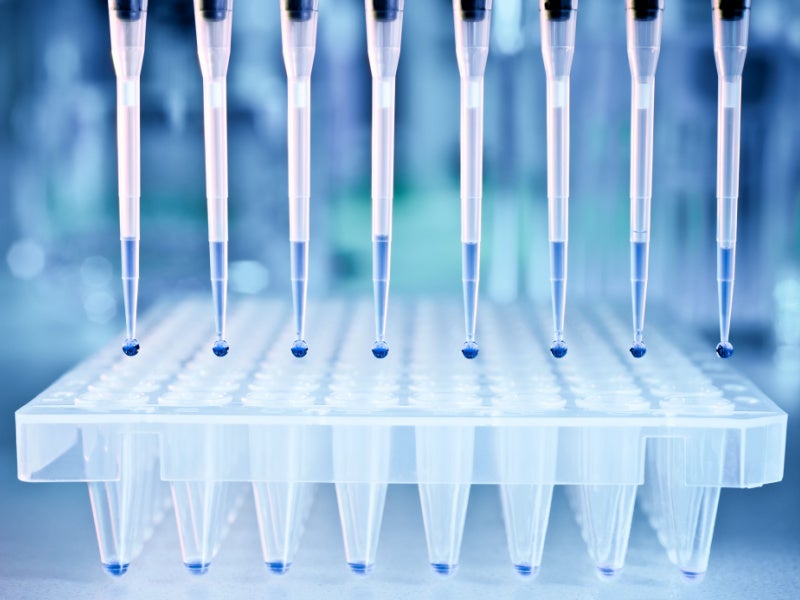The new wave of advanced therapies now on the lips of patients, payers, providers and, of course, Biopharma companies, places renewed emphasis on the importance of proper management of the biopharmaceutical supply chain. Central to this is the application of sound principles to underpin the efforts of all the actors within the supply chain ecosystem. This article recounts the fundamental principles, all too easily lost in the complex world that is global life sciences. It answers the burning questions “Who is responsible for what?” “Where do I and/or my company fit in?” “Where does innovation lay?” and “Where does it not?” It concludes with a list of the ‘vital few’ factors critical to successful engagement with the temperature sensitive supply chain.
The ‘Cold Chain’ Domain, an Accident Waiting to Happen?
It was as early as 1919 when the unique challenges of temperature sensitive materials within the life sciences supply chain were mooted, by Parke, Davies & Co (latterly to become Pfizer):
“Biological products are essentially perishable because they consist of organic matter and are therefore influenced by extremes of temperature and the actinic effect of light.” (Parke, Davis & Co. 1919, extract from ‘Biopharma Cold Chain 2011 Sourcebook, Healthcare Commerce Media Corp. P.19’).
This was a warning flag to an industry previously only having used, stored and handled chemically synthesized products and materials. Risk of degradation due to temperature excursions was low, due to the inherent stability of the small molecule chemical structures involved. Suddenly, this was all about to change.
The Parke Davis’ quotation goes on to assert:
How well do you really know your competitors?
Access the most comprehensive Company Profiles on the market, powered by GlobalData. Save hours of research. Gain competitive edge.

Thank you!
Your download email will arrive shortly
Not ready to buy yet? Download a free sample
We are confident about the unique quality of our Company Profiles. However, we want you to make the most beneficial decision for your business, so we offer a free sample that you can download by submitting the below form
By GlobalData“Carelessness in the handling and storage of smallpox vaccine, for example, often results in such injury to the product that it becomes inert, although physically it may appear to be in perfect condition and is of recent manufacture. Smallpox vaccine should be stored in a refrigerator or someplace where the temperature does not exceed 50°F”. (Note: converts to 10°C).
Here, a further red flag was raised. Not only could a product or material fail because of delinquent temperature control, the impact on patient safety may be impossible to detect.
Thus the era of biologic drugs began with a stark warning of the supply chain risks involved; and that was just the start of it.
Growth of Biologics
In those formative years, the biologic product portfolio was predominantly vaccines, insulin, and blood/blood products. Over time, that expanded into monoclonal/polyclonal antibodies, hormones, cytokines, and ATMPs (cell and gene therapy, tissue engineered products), as well as a range of biologically derived diagnostic materials and tests.
As the success of biologic therapies spiraled, most notably monoclonal antibodies (mAbs), so did the number of clinical trial sponsors and product license holders involved. In order to support this increased level of activity, especially given accelerated outsourcing over the period, service providers became key actors in the end-to-end supply chain, which is depicted in the schematic below:
Antigens, Antibodies, Sera, Plasma, Albumin/Globulin, Cell-Lines, Blood, Human Tissue etc.
Hopefully, readers will appreciate the stunning degree of complexity here, as materials and products cross company boundaries and country borders, on route to regulatory approval and market. This is further complicated by another layer of complexity, the number of actors involved, including but not limited to:
- Product license holders
- Clinical trial sponsors
- Contract development and manufacturing organizations (CDMOs)
- Contract research organizations (CROs)
- Freight Forwarders, specialist Pharma 3PLs
- Express couriers
- Integrators
- Cargo handlers, sea, air and road
- Airlines
- Shipping lines
- Wholesalers
- Pre-wholesalers
- Compounders
- Specials manufacturers
- Specialty Pharmacy Providers (SPPs)
- Community & hospital Pharmacies
- Central laboratories
- National border control
The final coup de grâce for a simple supply chain life is homecare, where patients are treated in the comfort of their own home—with exponential impact on the supply chain.
Time for some basic, underpinning principles?
The Foundational Principles
- Principle #1 – The end-to-end supply chain is the exclusive responsibility of the product license holder or clinical trial sponsor, period
- Principle #2 – Supply chain inception occurs at the point where material is produced for pre-clinical testing or any other testing that will form part of a regulatory submission
- Principle #3 – A SINGLE, over-arching quality management system (QMS) should be established by the license holder or clinical trial sponsor, at supply chain inception
- Principle #4 – The QMS is the vehicle by which the supply chain architecture, management reach and business processes are determined and implemented
- Principle #5 – The product license holder or clinical trial sponsor MUST define the roles for it and all the actors in the end-to-end supply chain
Implementing the Principles
In implementing these principles, the product license holder or clinical trial sponsor should take care to:
- Understand obligations to the license and GMP/GDP
- Map the end-to-end supply chain by product
- Think supply chain from early stage development
- Build strong relationships with service providers based on competency assessment
- Employ a single, simple and effective quality system
- Treat written agreements with contactors as ‘working documents’
- Incentivize supply chain actors to improve
From the viewpoint of the service provider, they should take care to:
- Understand and comply with obligations to written agreements
- Confirm position in the chain of custody
- Clarify information required from the sponsor or license holder
- Help define the ‘process’ of working together
- Integrate with the over-arching QMS
- Seek ‘good’ customers
- Be open to gain sharing if offered
Where Does the Innovation Come From?
As a parting shot, we should make reference to innovation, since ultimately biopharmaceuticals are touted as the future of transformative medicine. Where will it come from? Who should be doing it? Who isn’t doing it?
Before answering those questions, we should firstly be clear on what innovation is, because it is often confused with invention. For an idea to be an innovation, it must achieve a commercial end. It has to be exploited, in a market or markets.
So where should it come from? The product license holder.
How can it be achieved?? That is beyond the scope of this article but answers can be found in Hedley’s latest book, ‘Find It, File It, Flog It: For the Benefit of Big Pharma’ to be published December 2017.
Further Reading:
Rees, Hedley, “Find It, File It, Flog It: For the benefit of Big Pharma” Wordcatcher Publishing December 2017 – https://wordcatcher.com/collections/wordcatcher-politics/products/find-it-file-it-flog-it-hedley-rees








